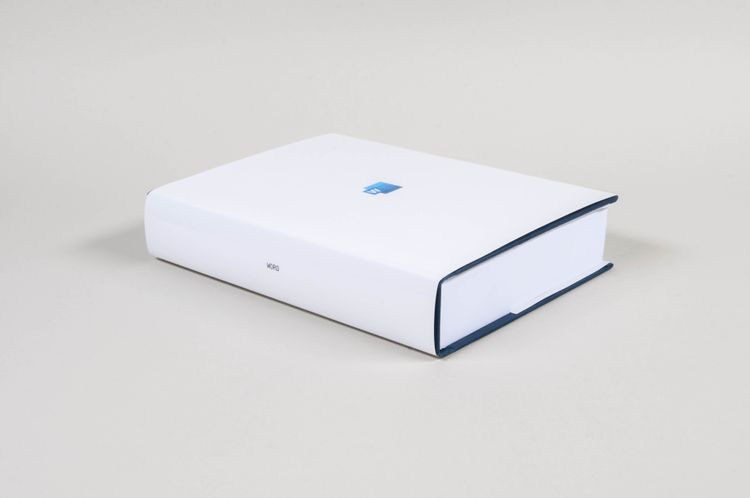Reading Writing Interfaces is a series of bookifications of the interfaces of writing software. Every interactive element of the graphical user interfaces of the three major “text editors” Apple TextEdit, Microsoft Word, and Adobe InDesign was screenshotted, cropped and set on single book pages to turn the interfaces into legible objects.
Interfaces are designed spaces of interaction. They not only represent and optimize certain workflows, but also control possible forms of interaction. At their core, they manifest assumptions and definitions of practices. By representing all possible ways of writing, designing, reviewing, and interacting with text in visible buttons and menus, text editors, word processors, and layout software impose definitions of writing and text on their users. Bülhoff’s set of bookworks dissects the graphic representations of these assumptions and definitions by “demediating” them into the format of hardcover books as stable and well-practiced media. The length of the three books varies greatly, indicating the complexity and scope of the possible actions of the respective programs. Each book has the same minimalist-design dust jacket, but comes with a linen wrap in the color of each program’s logo.
The title of the series makes reference to Lori Emerson’s media-archaeologically savvy study of digital and analog text interfaces of the same name. The practice of dissecting the interface of writing software stems from an idea by Matthew Fuller, who took screenshots of Microsoft Word, printed them out, and cropped them by hand to be exhibited in his installation “A Song for Occupations” at Lux gallery in London in 2000.


